1956 Dodge Lancer Custom Royal D 500
- By Concours Staff
- •
- 08 Aug, 2018
- •
Flashback to one of our 2014 participants
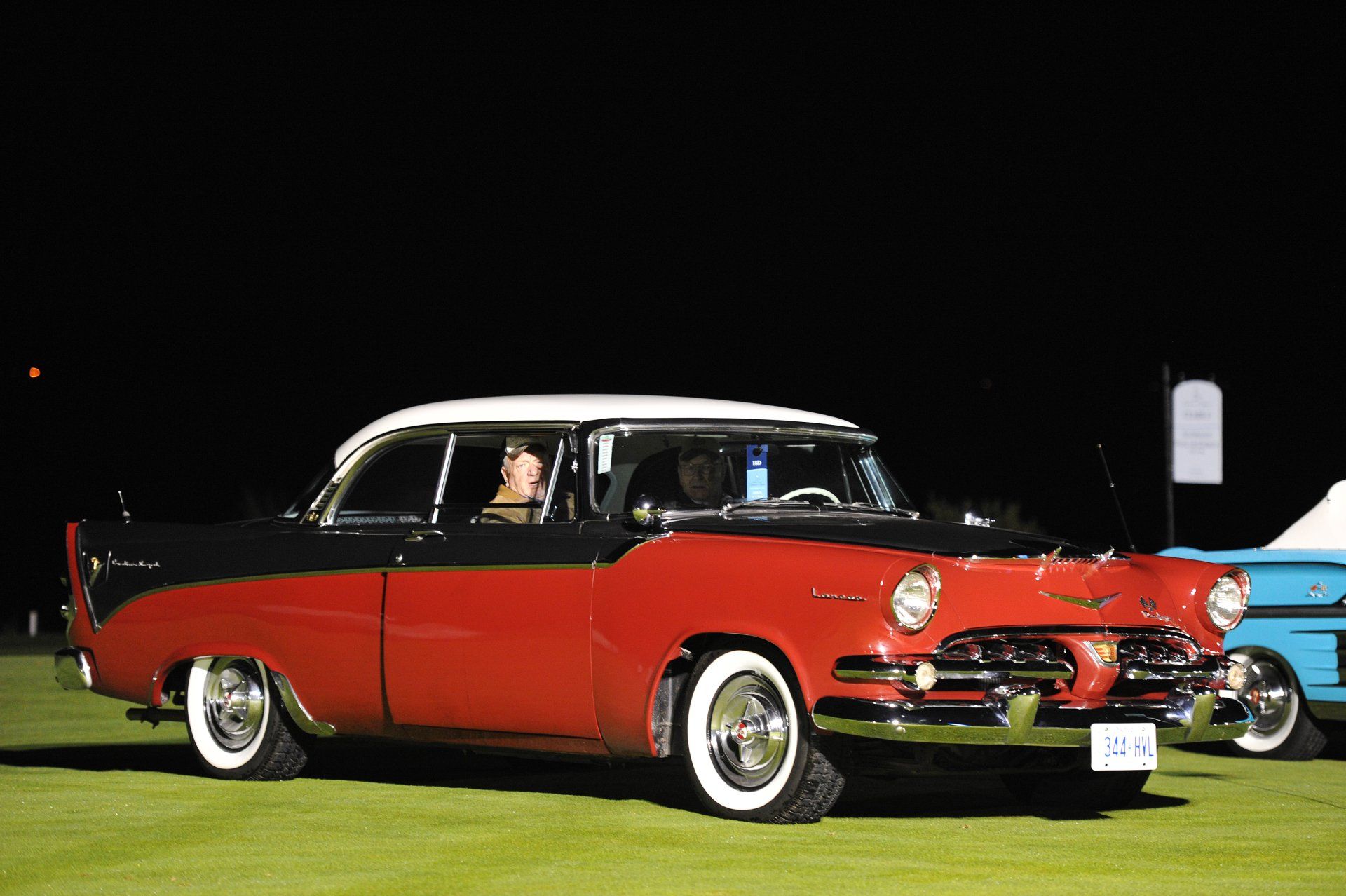
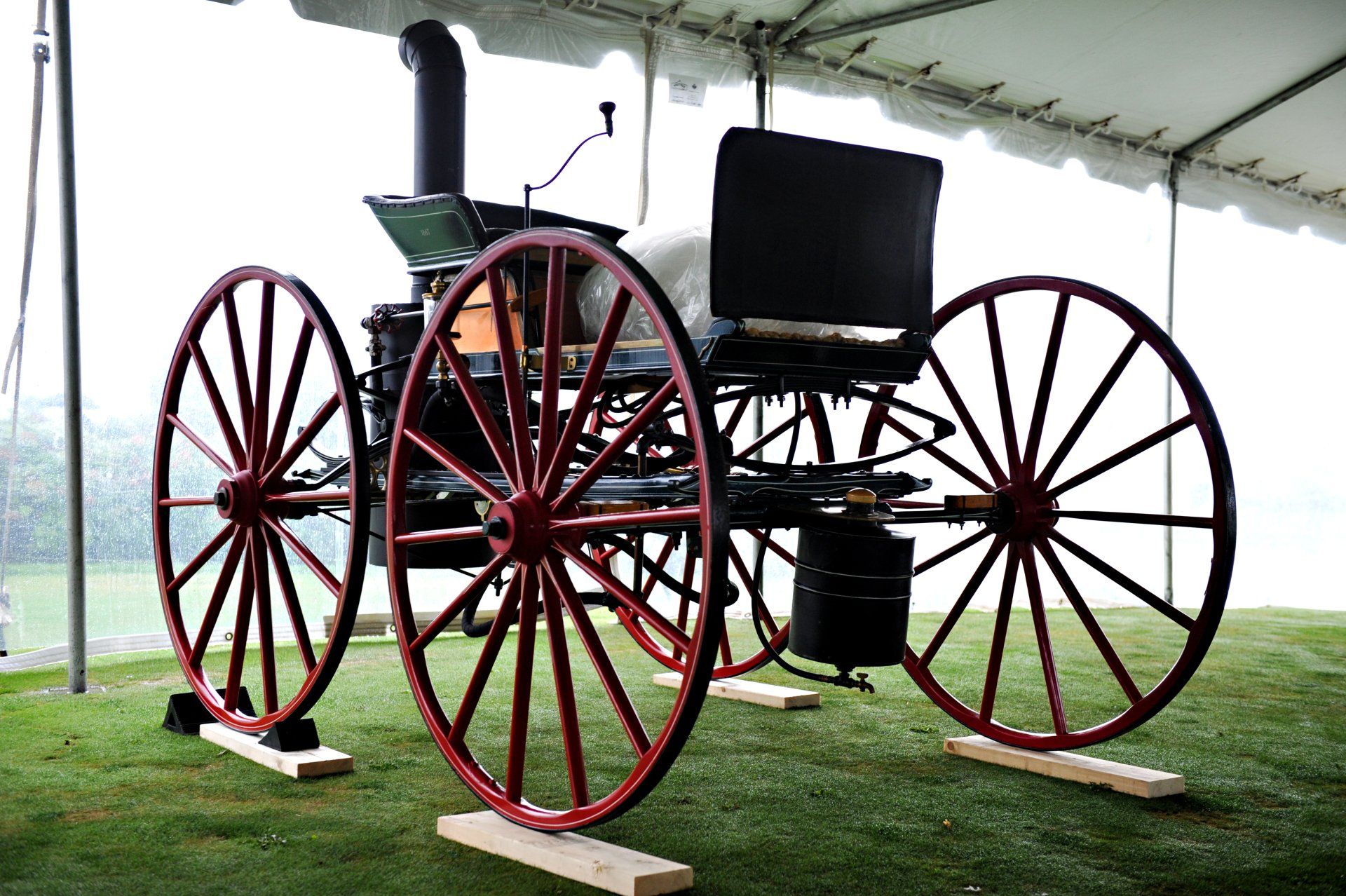
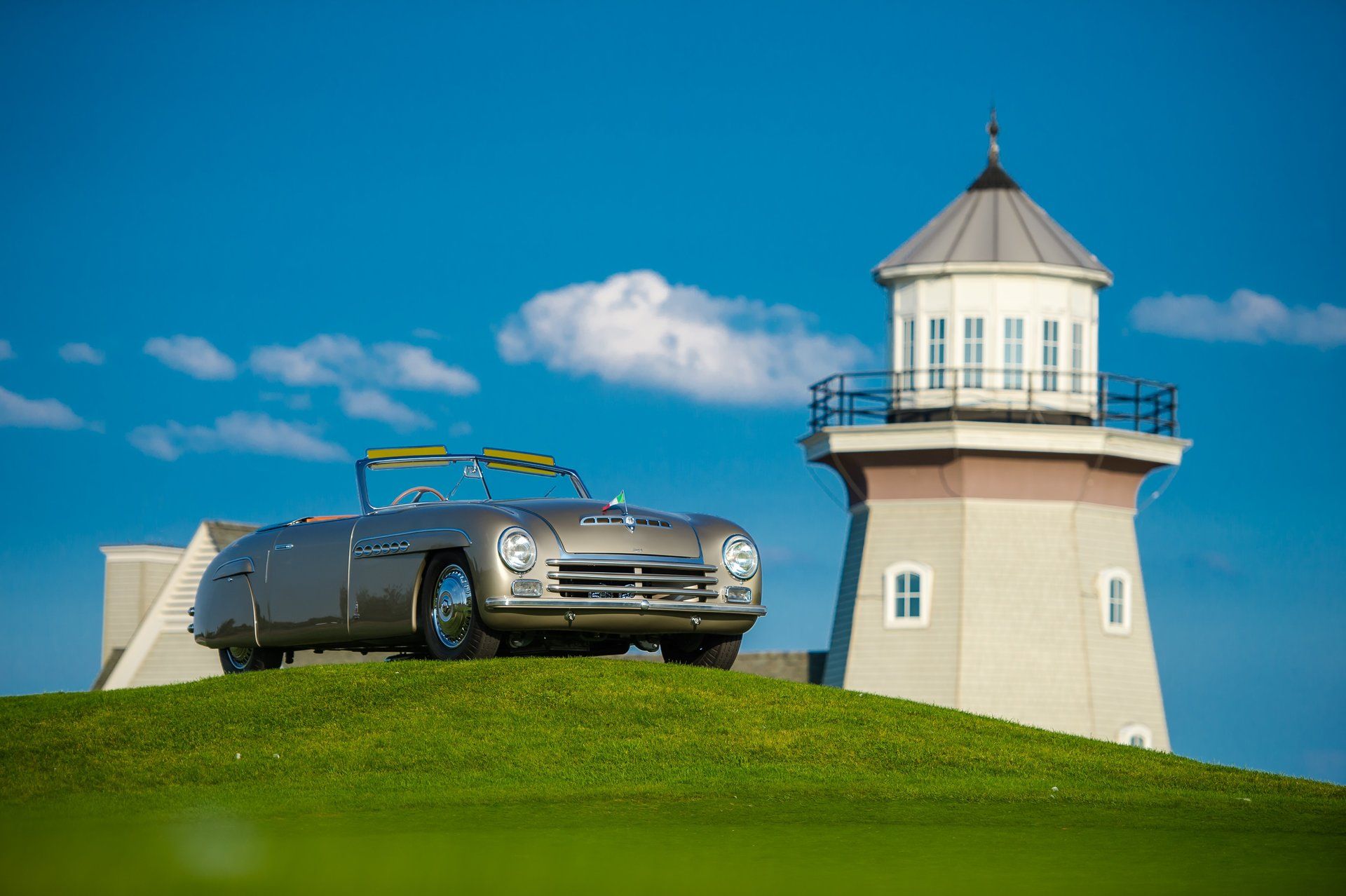
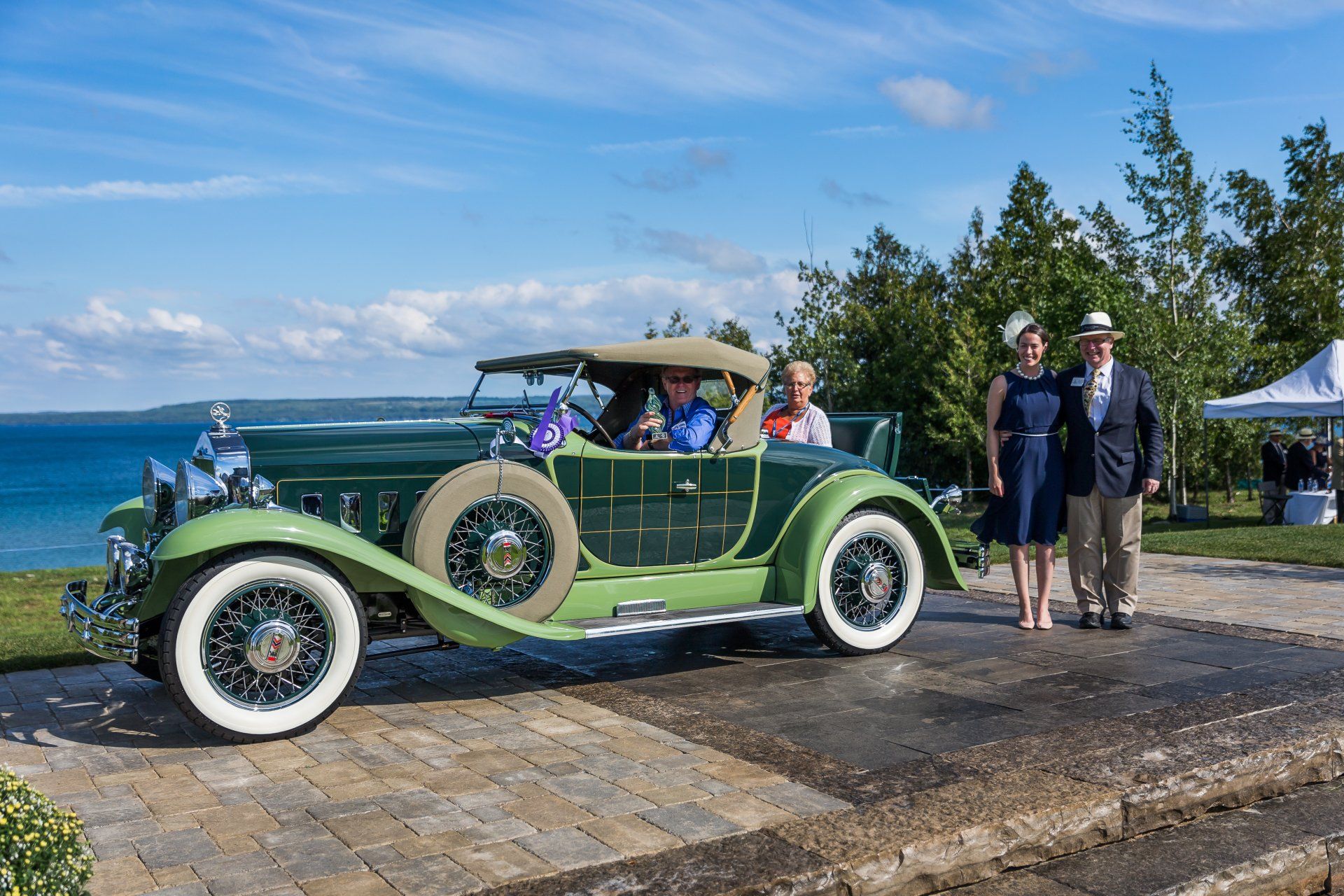
In 1913, the Willys-Overland was the number two selling automobile in America, just behind Ford. That same year, John North Willys was told by his doctor that he had to take a break from working so hard and suggested he should either go abroad or to a sanitarium. Willys chose Europe. While there, he met Charles Yale Knight. Knight had invented an engine with sleeve valves rather than the usual poppet valves. Willy was not a mechanic or an engineer by any means, but he saw the novelty of the sleeve valve and its promotional possibilities. The sleeve valves were much quieter in operation, but they had the propensity to burn more oil. Ultimately, the poppet valves won out, and beginning in 1914, Willys-Overland produced more Knight-engine cars than virtually all other manufacturers in the world combined. It is believed that this car was introduced at the 1929 New York Automobile Show. It was styled by designer Amos Northup, who was better known for styling the handsome Reo Royale. It was Northup who gave the car its disinvited grid work on the doors, which the New York press labelled “Plaidside,” and the name stuck. Some 400 of the cars were produced, and only 250 had Plaidside. All with bodywork by Griswold of Detroit. An exhaustive restoration was completed in October 2012, prior to the car debuting at the AACA Fall Meet in Hershey, where it received its First Junior Award. It has gone on to win several prestigious awards including the AACA President’s Cup, one of the organisation’s most prestigious national honours, Best American Open Car at The Elegance at Hershey, Best in Class at the Hilton Head Concours and Best in Class and the Founder’s Trophy at the Ault Park Concours.

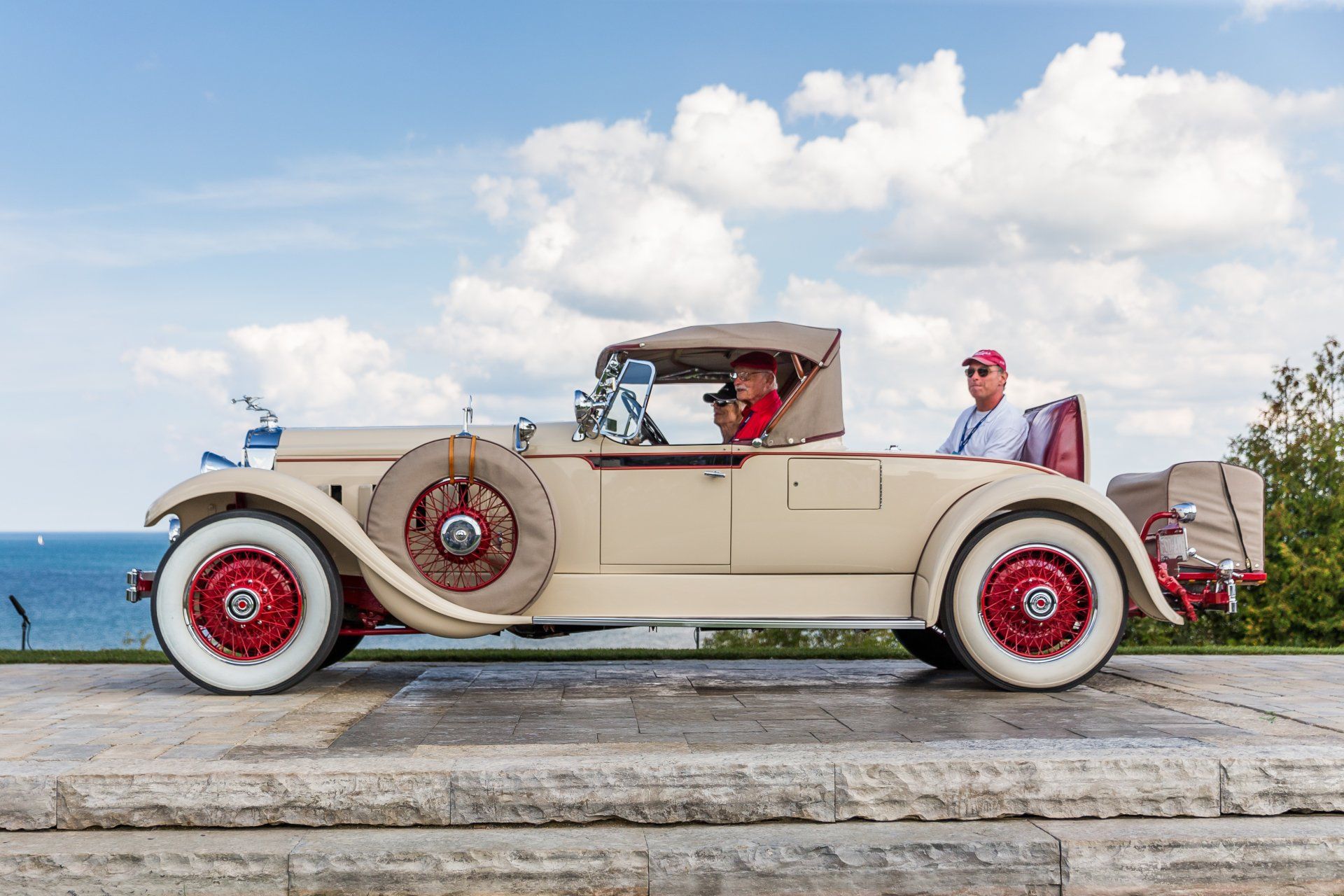
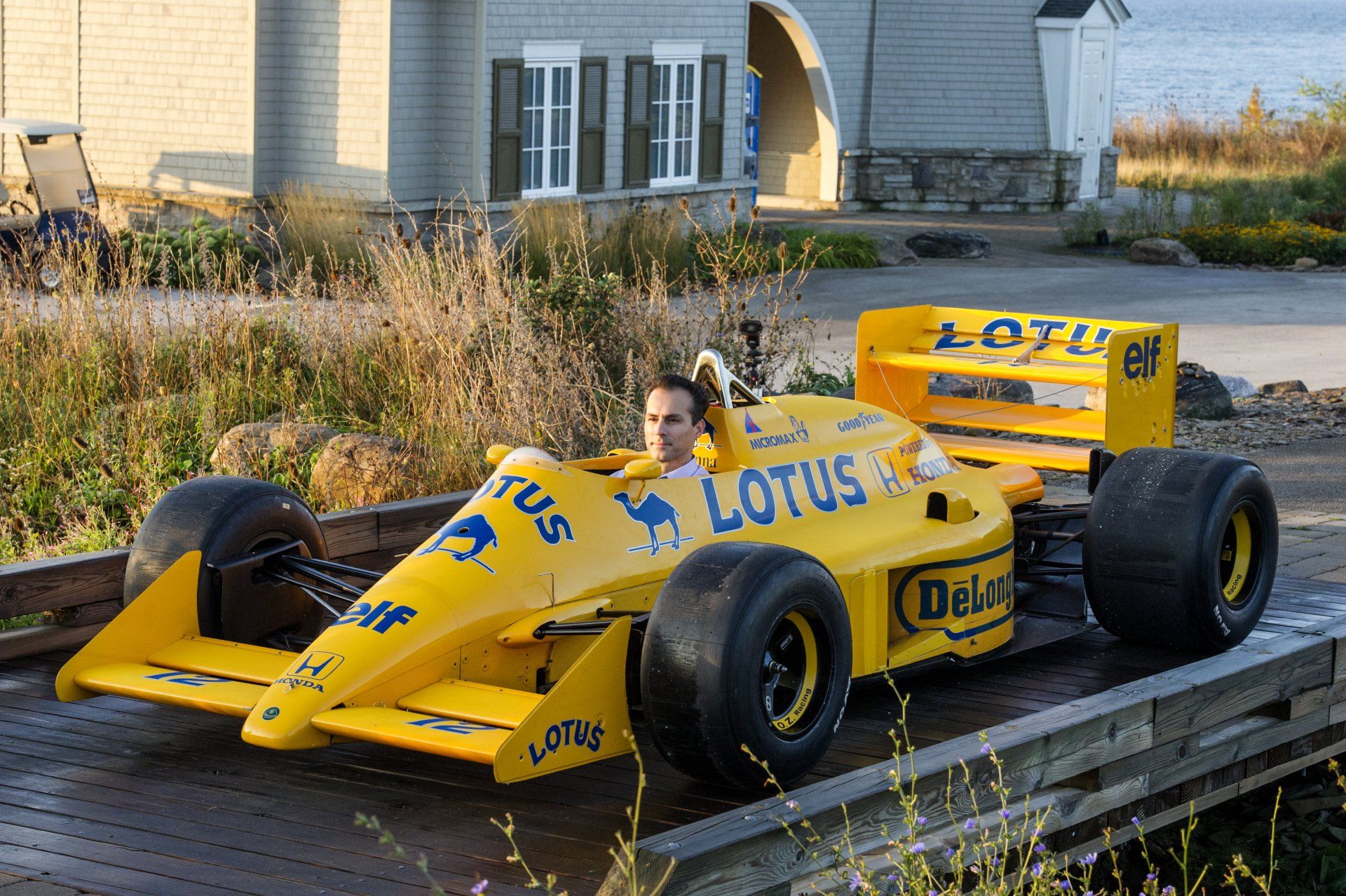
On May 1st, 1994, at 12:17 PM, while leading
the Formula 1 Grand Prix in San Marino against the likes of Michael Schumacher
and Damon Hill, the life of Ayrton Senna, arguably the greatest F1 driver in
history, ended suddenly after his 1994 Williams FW16 crashed into a concrete
wall.
His tragic death shocked not only the racing world, but the world at large, and
especially his native Brazil, where he was hailed as a national hero. Senna’s
climb to F1 legendary status commenced in 1984, when he was recruited as a
rookie driver with Tolman-Hart, and the following year, on April 21th, 1985, he
won his first F1 race in Portugal, under his new sponsor Lotus-Renault. He
subsequently went on to capture three F1 Championship titles in 1988, 1990, and
1991. 1987 was a pivotal year for both Senna and the Lotus F1 team. Lotus had joined
forces with Honda, and working with designer Gerard Ducarouge created the 99T,
regarded as amongst the best-handling F1 cars in existence– given its revolutionary Lotus Active Suspension – as well as one of the fastest cars on
the F1 circuit, especially in the hands of Senna. The car was capable of
achieving speeds of 340 km/h with its Honda Twin-Turbo V-6 engine, which put
out a maximum 800 brake horsepower. The Camel sponsorship livery was also new in
1987, featuring the legendary race car in bright Lotus yellow with rich blue
lettering. Only six examples of the 99T were created for the 1987 F1 season,
which marked the last time that a Lotus achieved an F1 podium finish. In fact,
the 99T won at both Monaco and Detroit, and achieved another six podium finishes
that year, a feat never to be repeated thereafter in F1 by a Lotus. Senna and
Lotus achieved a third place finish in the World Drivers’ Championship and the
Constructors’ Championship for 1987, which represented the best performance for
Senna in his racing career to that point, and paved the way to his 1988 F1 World






